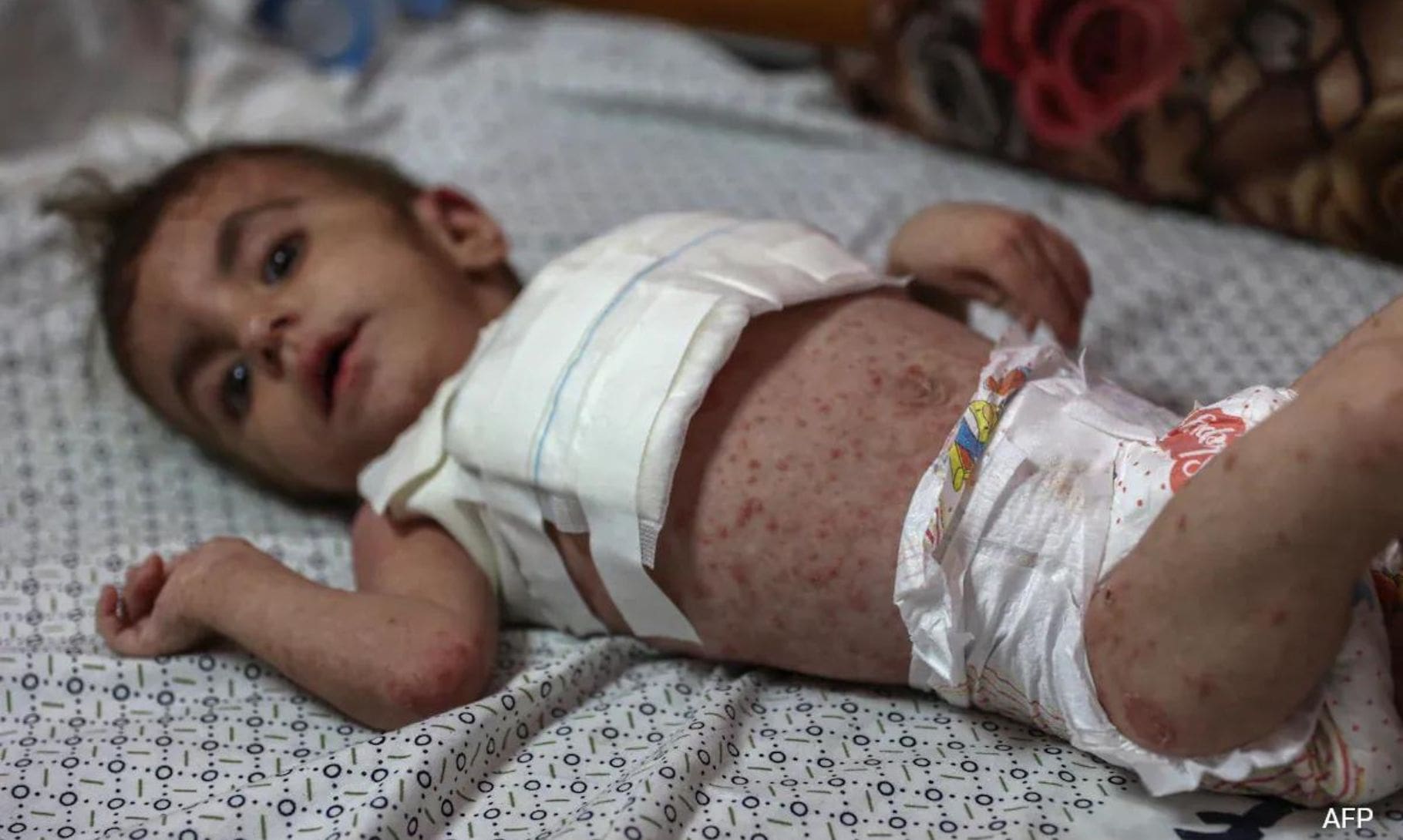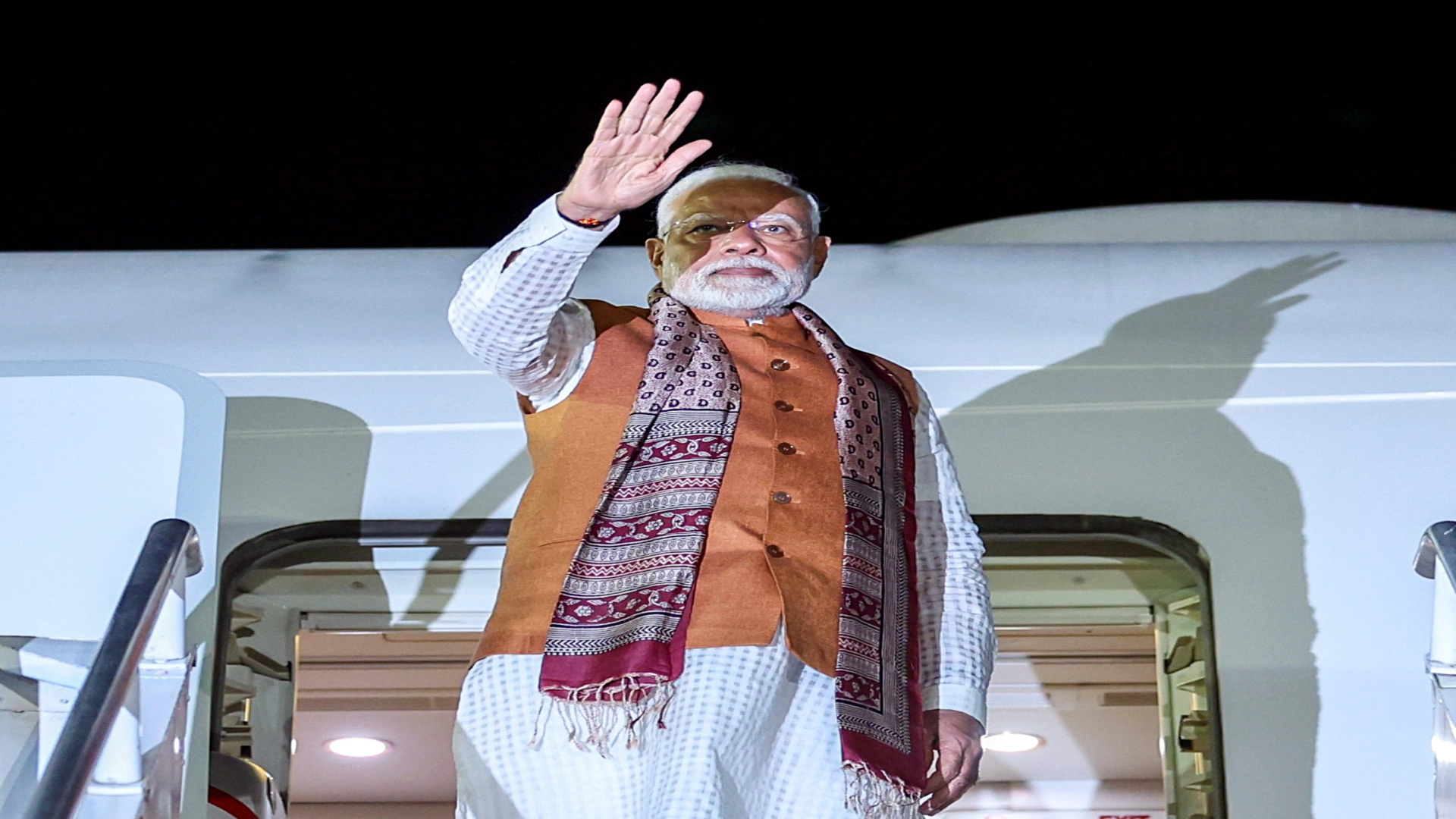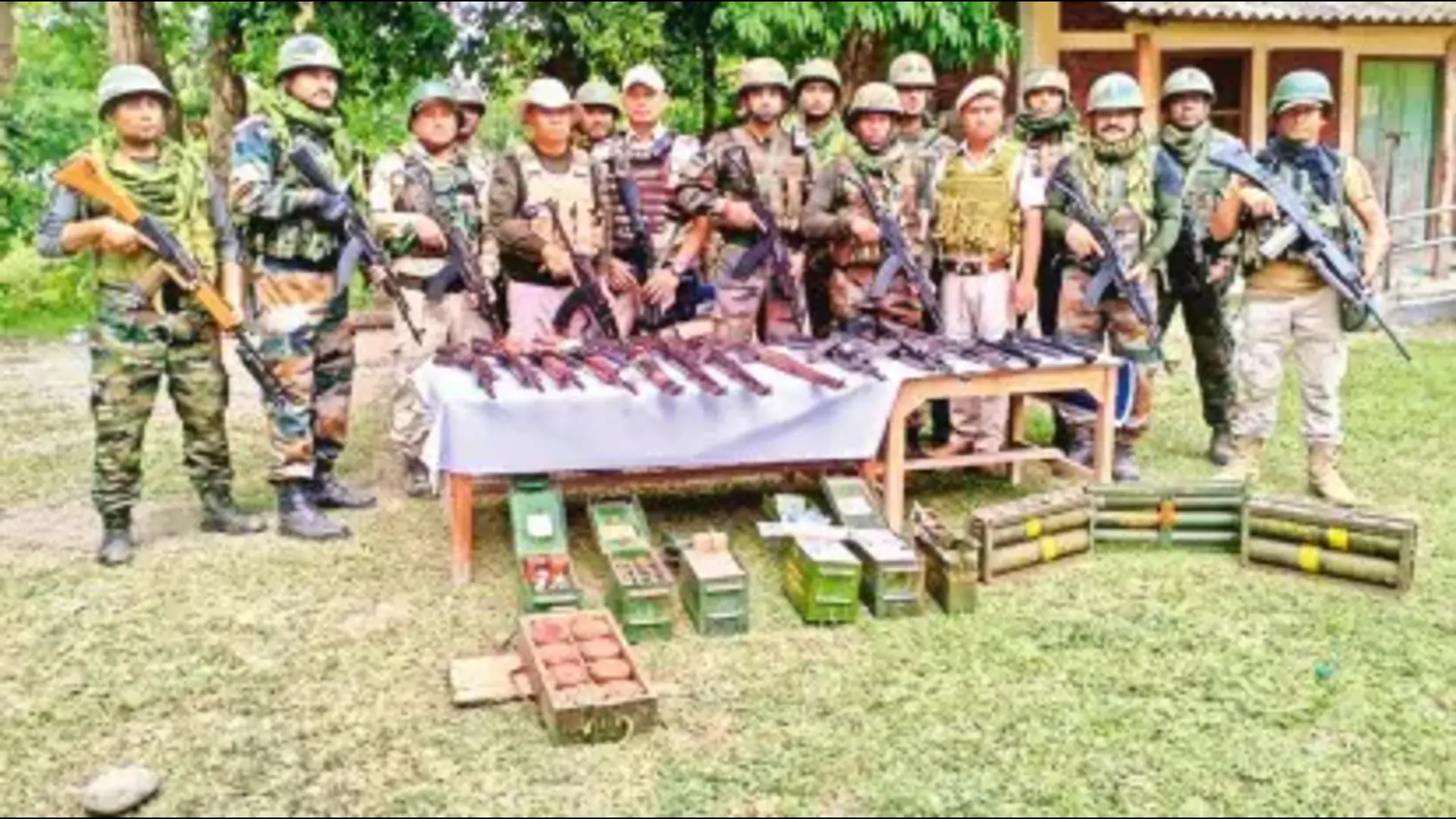
Wafaa Elwan’s five-year-old child cannot rest within the Gaza tent city where she and her seven children shelter, but it isn’t the weapons of war that cause his every day bad dream.
“My child can’t rest through the night since he can’t halt scratching his body,” the tensely mother said.
The boy has white and red patches over his feet and legs, and more beneath his T-shirt. He is one of numerous Gazans enduring from skin diseases extending from scabies to chicken pox, lice, impetigo and other weakening rashes.
“More than 150,000 people in Gaza have developed skin diseases due to the unsanitary conditions they’ve been living in since the Israel-Hamas conflict began on October 7”, according to the World Health Organization.
Elwan’s family rest on the ground where worms and sand come underneath them. Her family is one of thousands living on a sandy fix close the ocean near to the central Gaza city of Deir al-Balah. Elwan accepts contaminations are inescapable. “We cannot bathe our children as some time recently. There are no cleanliness and clean items for us to wash and clean the put. There’s nothing.”
Parents used to tell their children to wash within the Mediterranean. But contamination that has built up as war has crushed essential offices has effected the hazard of illness.
“The ocean is all sewage. They indeed toss waste and infant napkins into the ocean,” she said.
The WHO has detailed 96,417 cases of scabies and lice since the begin of the war in Gaza, 9,274 cases of chickenpox, 60,130 cases of skin rashes and 10,038 impetigo cases.
Scabies and chickenpox are particularly spreading in the coastal Palestinian region, according to Sami Hamid, a drug specialist who runs a temporary clinic within the Deir al-Balah camp. Two boys within the clinic appeared handfuls of the unmistakable chickenpox-induced rankles and scabs spread over their hands, feet, backs and stomachs.
Children’s skin endures from “the hot climate and the need of clean water”, said Hamid, 43.
Mohammed Abu Mughaiseeb, the restorative facilitator in Gaza for Specialists Without Borders, told AFP that children are powerless since “they are children — they play exterior, they’ll touch anything, eat anything without washing it”.
Abu Mughaiseeb said hot climate increments the sweat and aggregation of earth that causes rashes and hypersensitivities, which in case scratched lead to diseases.
“Individuals are not living in houses any longer, there’s no legitimate cleanliness,” he said.
MSF specialists fear the appearance of other skin conditions such as leishmaniasis, which can be lethal in its most destructive frame. Gaza’s children are as of now profoundly helpless to malady, he said, since their resistant frameworks are compromised by lack of healthy sustenance.
Hamid, the drug specialist, said his group gone to a makeshift school as of late, where 24 out of 150 understudies had scabies. “A few of them have created skin diseases, and tragically these diseases are spreading among them,” Ola al-Qula, a educator at one improvised tent school, told AFP.
Other illnesses have moreover rampaged through camps for the uprooted, bolstering on destitute cleanliness, the WHO cautioned. “The toilets here are primitive, depleting into channels among tents, which eventually contributes to the spread of epidemics,” said Hamid.
WHO said 485,000 cases of the runs have been reported. The Joined together Countries said Tuesday there are presently 1.9 million individuals uprooted in Gaza out of a populace of a few 2.4 million.















